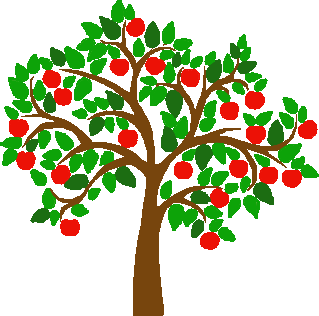
Begbroke Village Hall
3 Begbroke Lane
Begbroke
Kidlington
Oxford
OX5 1RN
Bookings email:- bookings@begbrokevillagehall.org
Begbroke Community Orchard
Please see here for a plan of what trees are planted where.
Here’s the latest news from the top of the field.
Hello Everyone, and welcome to the latest news from the top of the field.
Those who’ve taken a walk up to the orchard this summer, will have seen that some of the trees have fruited well, particularly our pear trees, while others have not been as successful. Many trees have fruit on them, but they look small, and are tightly bunched. Perhaps the erratic weather conditions we’ve experienced throughout the year may have had something to do with it?
Certainly, the UK’s summer was a mixed bag. A fairly pleasant June was followed by a wet and windy July, with August being unusual in that there were two named storms in the month! Further evidence that our weather systems are in a state of flux, came when the World Meteorological Organisation announced the summer of 2023 to be the hottest ever recorded in the northern hemisphere, and our whole planet at its warmest since records began in 1940! TV and newspaper headlines were dominated by stories from abroad of out of control wild-fires, horrendous floods, and dangerous to health heatwaves.
Forecasting the weather, has come a long way from turning the seaweed hanging on the shed door, tapping an ancient barometer in the hall, or looking to see if the cows are laying down, or standing up! Accurate weather information is extremely important to a whole range of people, affecting how and when they work, personal safety, and anticipating the need for resources.
Historically, one of the most important weather forecasts ever given, was by Group Captain James Stagg, to General Dwight D Eisenhower in 1944, which decided the launching of the June 6th D Day air and sea landings in Normandy. Although Stagg had some fairly accurate weather information to base his forecast on, he didn’t have the range of information available to meteorologists today.
The Met Office has a network of 30 weather observation stations continuously recording the weather. Oxford, Wallingford, and RAF Benson are local recording centres. In addition, there are 100 coastguard stations, and 100 automated stations providing further data. ‘Rainfall radar’ is also used to locate the amount of precipitation in the air. ‘Weather buoys’, moored in the ocean also send back live information about weather changes, and other data like sea temperatures etc.
The biggest breakthrough in weather forecasting came in the 1960’s with the launching of weather satellites, feeding their information back to tracking stations on earth. These can be ‘geostationary’, that is, they stay focused on one spot on the earth, or ‘polar orbiting’, that is moving across the poles at a height of 850km over 14 times a day!
Impressive as this sounds, there may still be times when the seaweed knows best!
For more information contact: begbrokeorchard@btinternet.com
